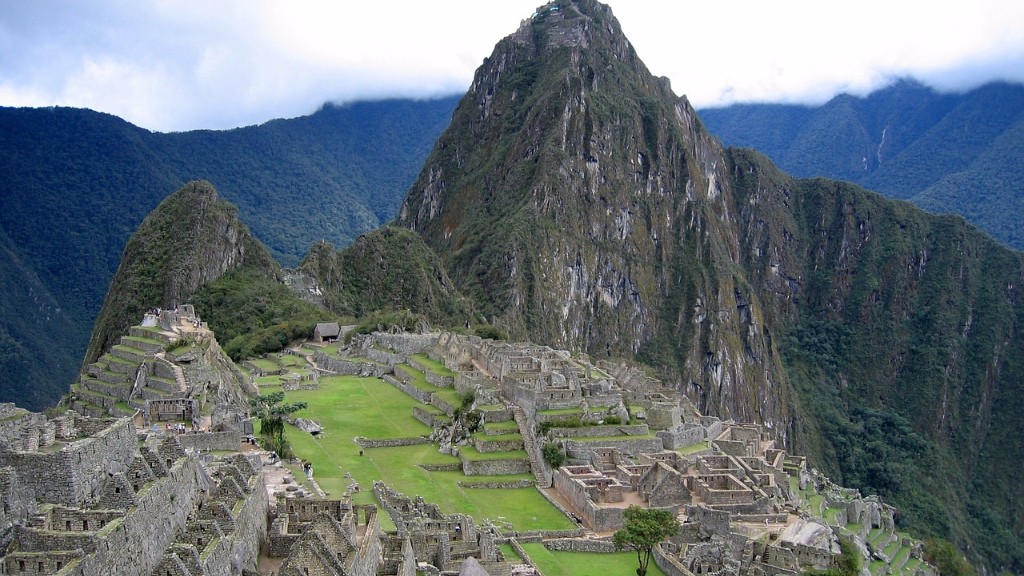Few human events surpass the sheer power and tragedy of Vesuvius’ eruption of 79 AD and their effects on the ancient cities of Pompeii and Herculaneum. Although both cities are emblematic of the historical disaster, it is the city of Pompeii that remains the best known. What was life like in the first and second-century Pompeii? What led to its destruction, and what can we learn from the ancient city today?
What Is Pompeii?
Pompeii was an ancient Roman town-city near modern Naples in the Italian region of Campania. It flourished from 800 BC until it was destroyed by the catastrophic eruption of Mount Vesuvius in 79 AD. Its treasures were preserved and buried under layers of ash for almost 1700 years until the city’s rediscovery in 1748. The name ‘Pompeii’ derives from the Latin for ‘five cities’, in reference to the five towns that coalesced around a harbor in the sixth century BC.
Location, Climate and Economy
Pompeii, located in the base of Vesuvius, was located in an ideal location to serve as a major port. It contained many of the Roman Empire’s essential commodities such as silk, perfumes, and spices. The city was located on a broad alluvial plain, surrounded by hills and mountains. Industrious volcanic soil was perfect for almost any kind of farming due to its high fertility. For centuries, Pompeii was a wealthy trading city, welcoming all the grain and oil it needed to sustain life.
Life in Ancient Pompeii
Pompeii was divided into two areas: the palatial and residential areas, and the commercial and manufacturing zones located near the harbor. The streets of Pompeii were lined with both public and private buildings. On-site residences included spaces with decorative art, marbled floors, wall frescoes and terraces. Wealthy residents had hot running baths and toilets with sewers that drained into the harbor. Additionally, many structures served as the city’s theaters, bathhouses, arenas, temples, and more.
Although the city’s residents had many resources and luxuries, they also faced their fair share of dangers. As part of their daily lives, they took precautions to protect their city from criminal activity, wild animals, and fires. Despite these dangers, the citizens of Pompeii were able to enjoy leisure activities such as participating in markets, attending chariot racing and theater performances, and engaging in public debates.
The Destruction of Its People
On August 24th in 79 AD, the eruption of Mount Vesuvius changed the course of Pompeii’s history. The eruption was accompanied by a meteoric velocity of rain, stones, and lava, which caused massive devastation and killed most of the city’s inhabitants. The eruption also released a highly pressurized form of air called a pyroclastic flow. At 300-400 kilometers per hour, these fast-moving clouds destroyed everything in its path and sealed most of the survivors in the ash.
Remains and Rediscovery
Many of Pompeii’s biological traces such as bread, fruit, human remains, and even wooden objects were preserved and preserved in the layers of ash and debris. After centuries of ruin and decay, the rediscovery of Pompeii in the 18th century revealed fragments of the city’s golden age, allowing us to gain a better understanding of the culture and lives of the people of Pompeii.
Implications Behind The City’s Destruction
The ruins of Pompeii offer insight into a tragedy that was repeated over and over again in other unknowing Roman cities and towns. Likewise, the destruction of Pompeii raises questions about the unpreparedness of our society for natural disasters, and whether we are far too easily enraptured by the luxuries provided by the amenities of today’s world.
State Of The Ruins Today
Today, the ruins of Pompeii are a Protected UNESCO World Heritage Site, which is visited every year by millions of tourists. Although some structures have been lost to time and lighting, most of the city’s buildings and streets are still standing, providing a glimpse into a world that existed over two millennia ago. As well as ongoing archaeological excavation, the city has increasingly become an area of study for those looking to understand more about the architecture, attitudes, and culture of ancient Roman life.
Modern Uses Of The City Of Pompeii
The recent discovery of the preserved remains of Pompeii has become an inspiration for many modern day creatives and researchers. Films, books and video games have been created based on the story of Vesuvius’s eruption, with many of them tailored for younger audiences. Additionally, modern scientists are starting to use the region as the perfect natural laboratory to test the effects of climate change on a volcanic region.
Preservation Of History And Education
Pompeii’s remains have also provided an opportunity to review and preserve its history and to offer visitors the chance to explore a unique site that serves as a constant reminder of the fragility of life and the power of nature. Archaeologists and historians have worked to reconstruct many of the aspects of life in ancient Pompeii, offering us a window into the wealthy culture and vibrant social life that the city supported.
Conclusion
The city of Pompeii’s presence in the modern world extends beyond its tragic destruction, offering an incredible insight into the city’s history and the riches from which it once thrived. While the relics of Vesuvius’s fury force us to consider the uncertainties of nature, the city of Pompeii remains a reminder of the depth and power of a culture millennia removed from our own.

